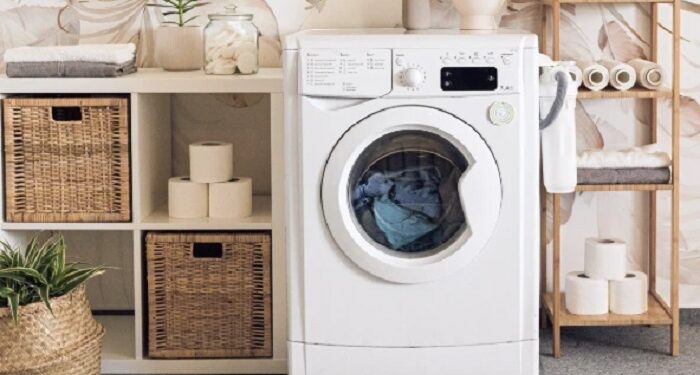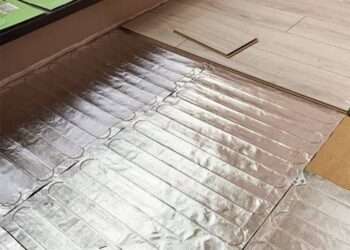Laundry is simple on the surface—detergent, water, and a wash cycle. But many people try to boost cleaning power by mixing different products together, thinking more is better. The problem is that certain combinations don’t just fail to work—they can actually damage clothes or even release harmful fumes. One of the most common mistakes is mixing bleach and vinegar. Before reaching for both bottles, it’s worth understanding why this pairing is dangerous. For a safer, hassle-free clean, some turn to the best laundry in London, but here’s what you should know if you’re tackling laundry at home.
The Bleach and Vinegar Mistake
Bleach is a powerful disinfectant and whitening agent. Vinegar is often used in laundry as a natural softener and odor neutralizer. Alone, both are useful. Together, they’re hazardous.
When bleach (sodium hypochlorite) is combined with vinegar (an acid), it releases chlorine gas. Even in small amounts, this gas can cause coughing, burning eyes, and breathing problems. In larger amounts, it can be extremely dangerous.
Why People Try Mixing Them
Many DIY cleaning tips suggest vinegar for stains, odors, or mineral buildup. Since bleach also whitens and disinfects, it’s easy to assume combining the two would double the effect. Instead, the chemical reaction makes both less effective and creates a serious health risk.
Safe Alternatives to Pair With Bleach
If you need to whiten or disinfect clothes with bleach, pair it only with detergent in water. Never add anything acidic. To boost cleaning power safely:
- Use baking soda with detergent for brighter whites.
- Add hydrogen peroxide as a safe alternative to bleach.
- Run an extra rinse cycle with vinegar—but only after the bleach cycle is finished and the washer is completely drained.
This way, you get the benefits without the danger.
Other Bad Combos to Avoid
Bleach and vinegar aren’t the only products you should never mix:
- Bleach + ammonia: Produces toxic chloramine gas.
- Bleach + rubbing alcohol: Creates chloroform, which is harmful when inhaled.
- Multiple detergents: Can oversuds the machine, leaving residue on clothes.
Mixing products doesn’t make them stronger—it usually just makes them riskier.
How to Safely Use Vinegar in Laundry
Vinegar is still a great tool if used correctly:
- Add ½ cup to the rinse cycle to soften fabrics.
- Use it to cut odors in gym clothes.
- Run an empty hot cycle with vinegar to clean your washing machine.
The key is timing—never at the same time as bleach.
Keeping Laundry Simple
When it comes to cleaning, sticking with one product per cycle is often best. Modern detergents are already designed to handle stains, odors, and dirt. Adding too much can leave residue, shorten fabric life, or in the case of bleach and vinegar, create dangerous reactions.
Final Thoughts
Laundry should never put your health at risk. Bleach and vinegar each have their place in the laundry room, but they should never be used together. Keep them separate, and you’ll still get fresh, clean results without the hazards. For more laundry safety tips and clever tricks, check out discussions on Hamlet Laundry’s Facebook page, where people share experiences that actually work in everyday routines.















